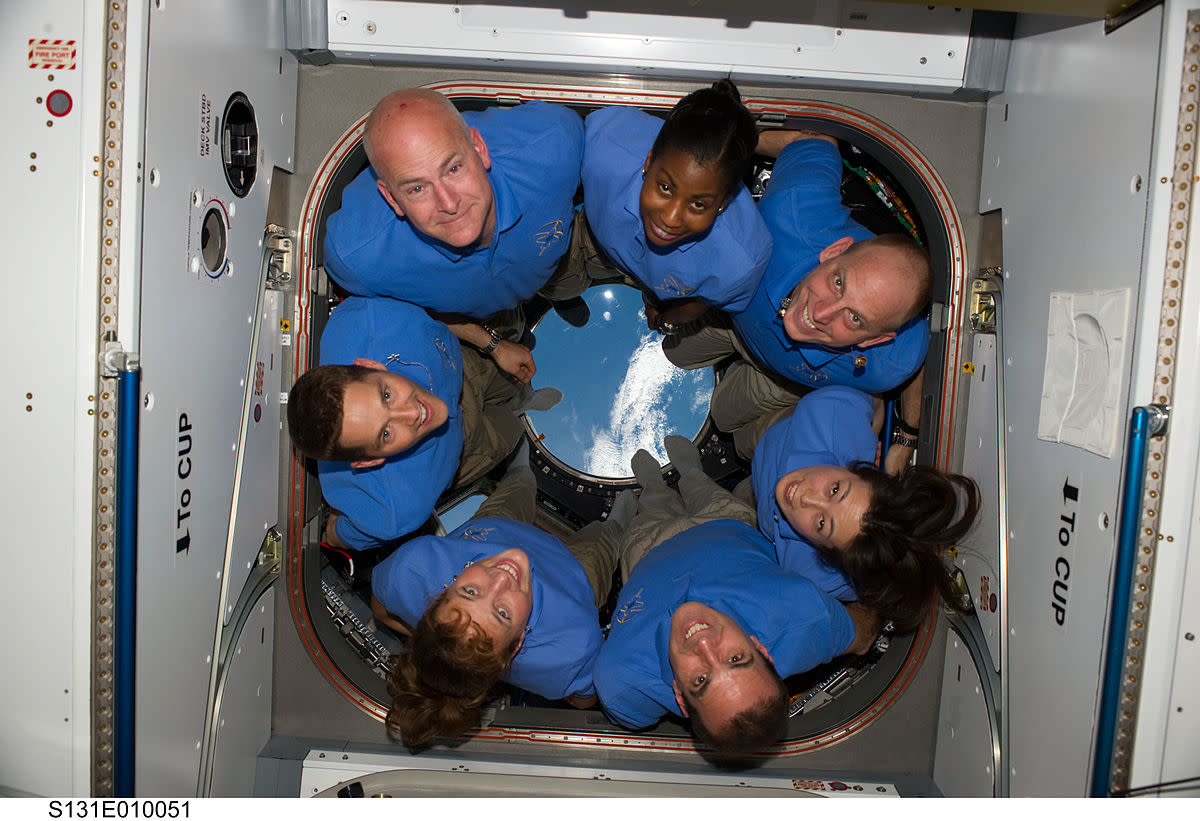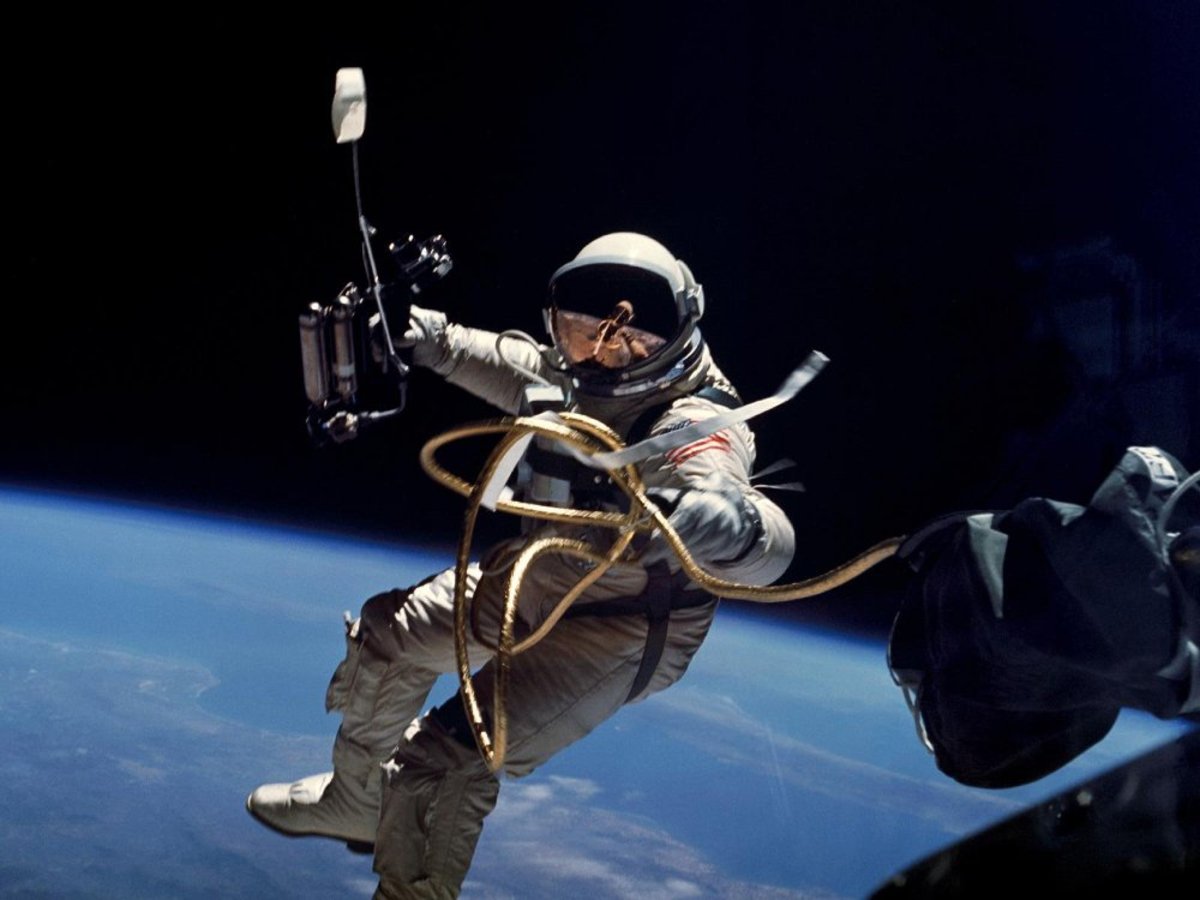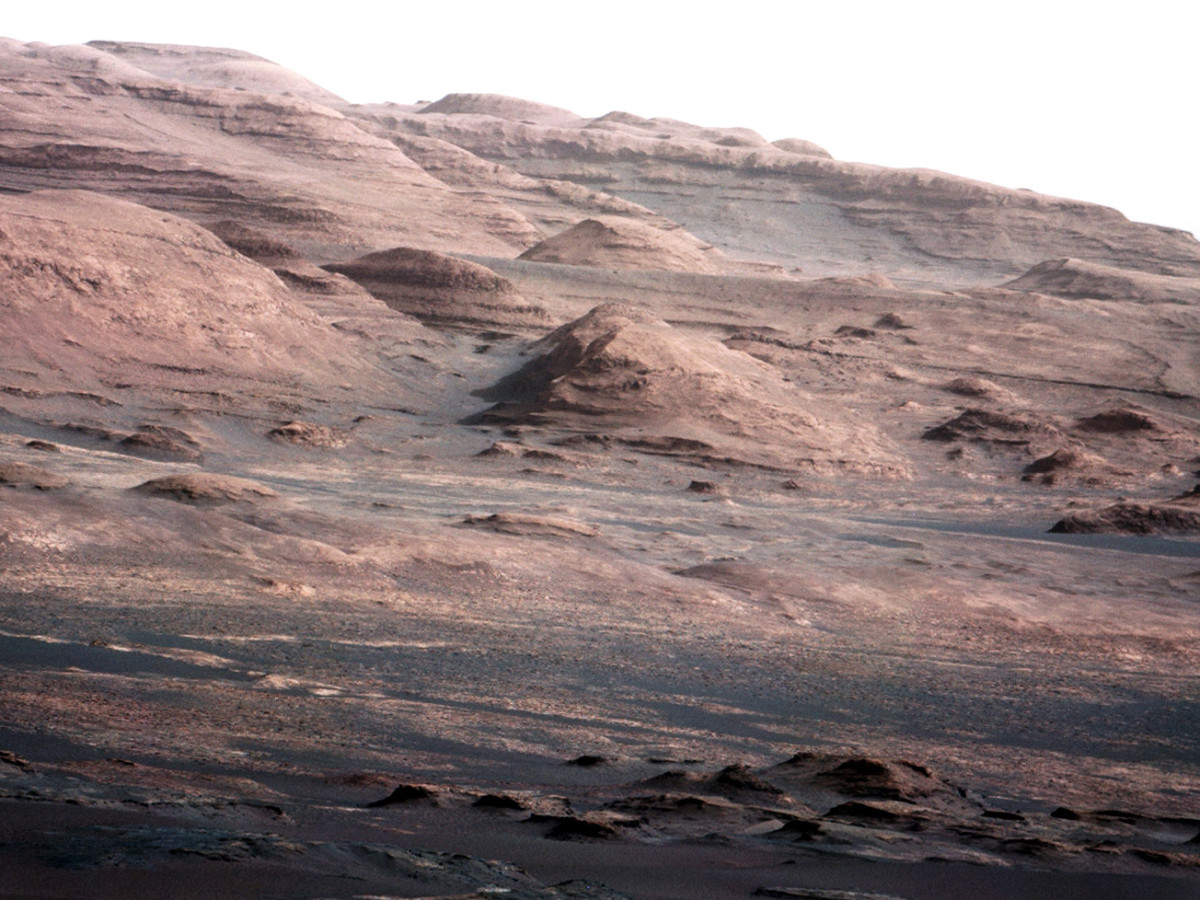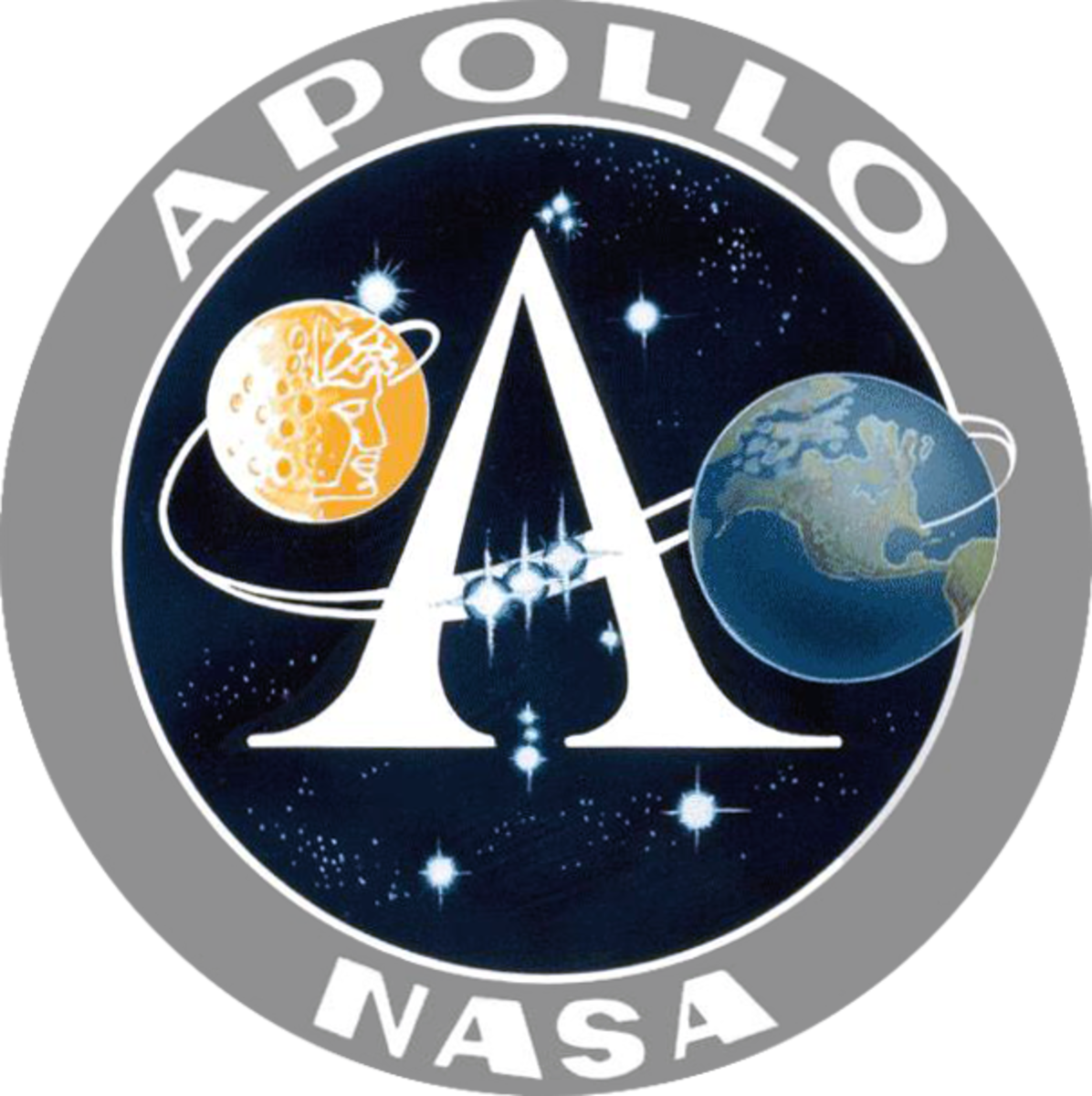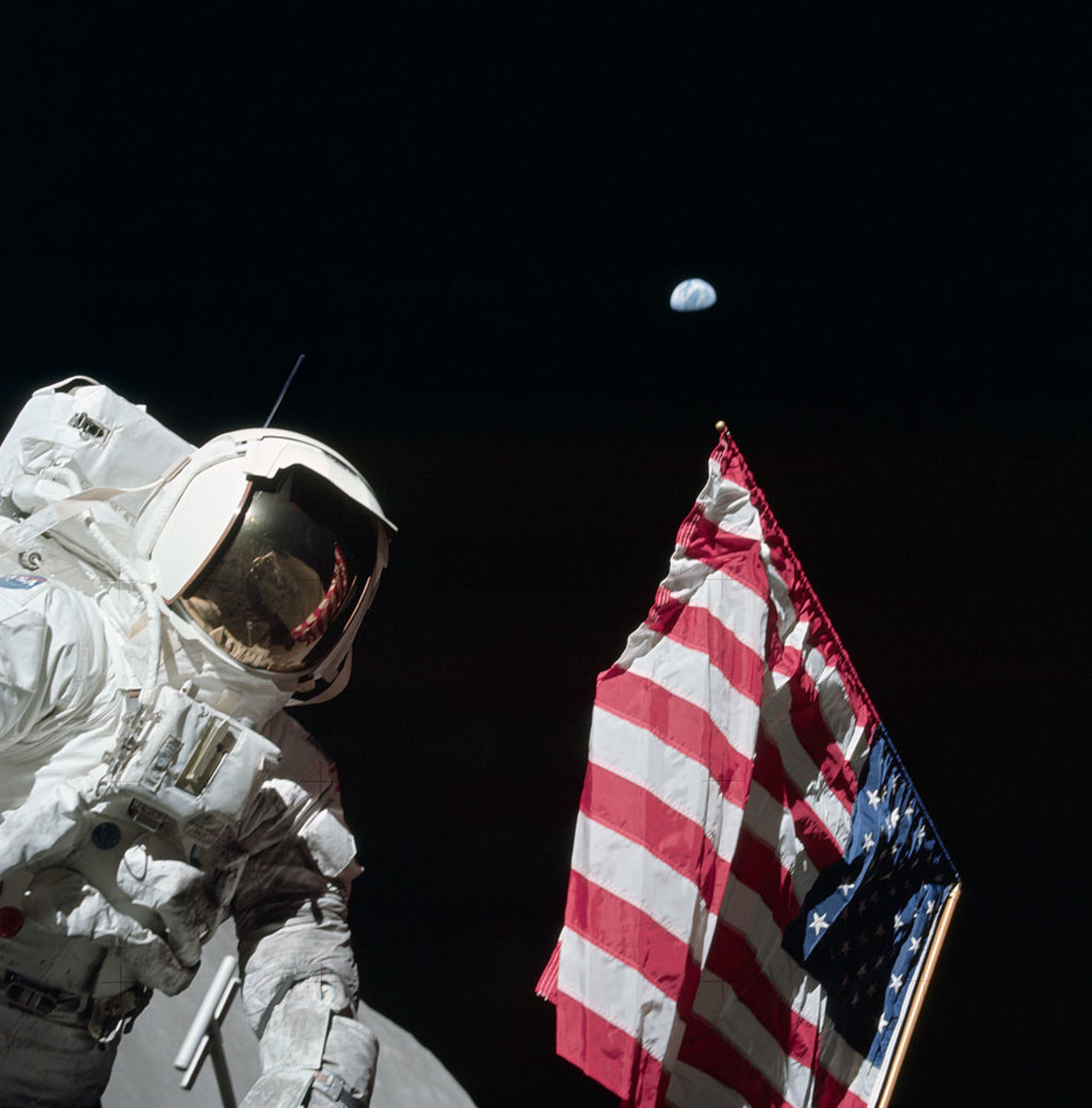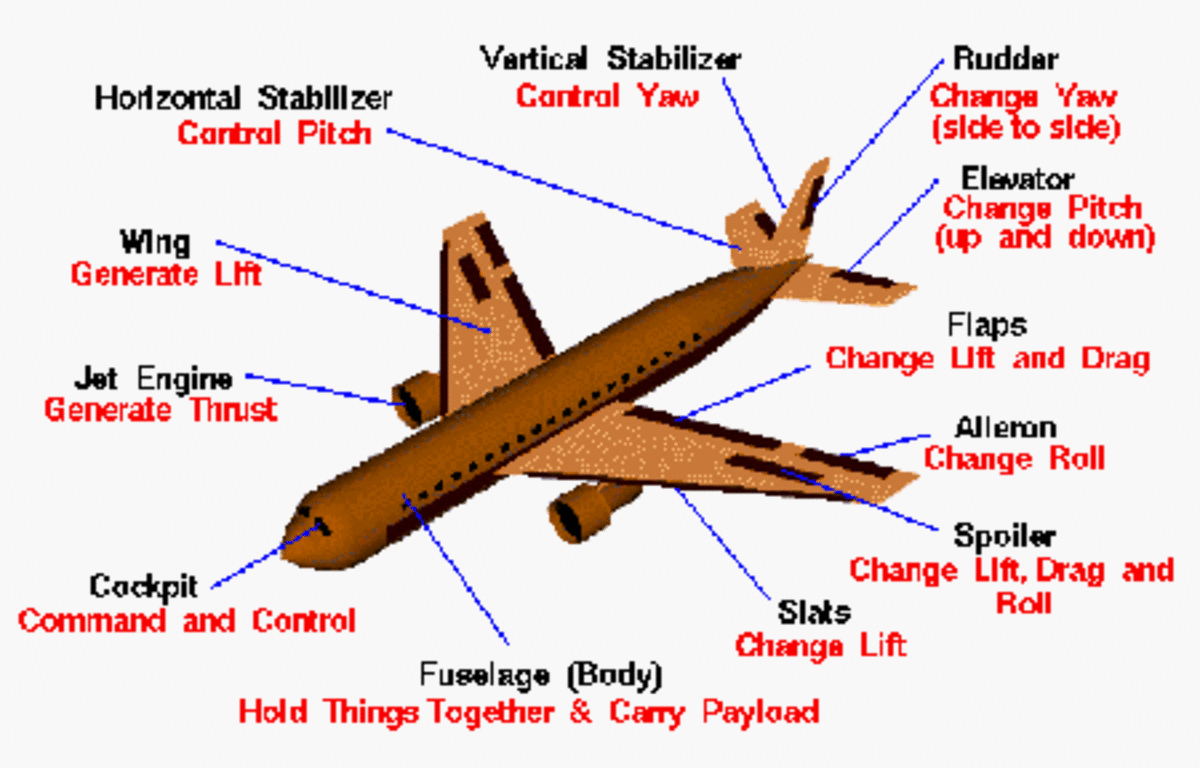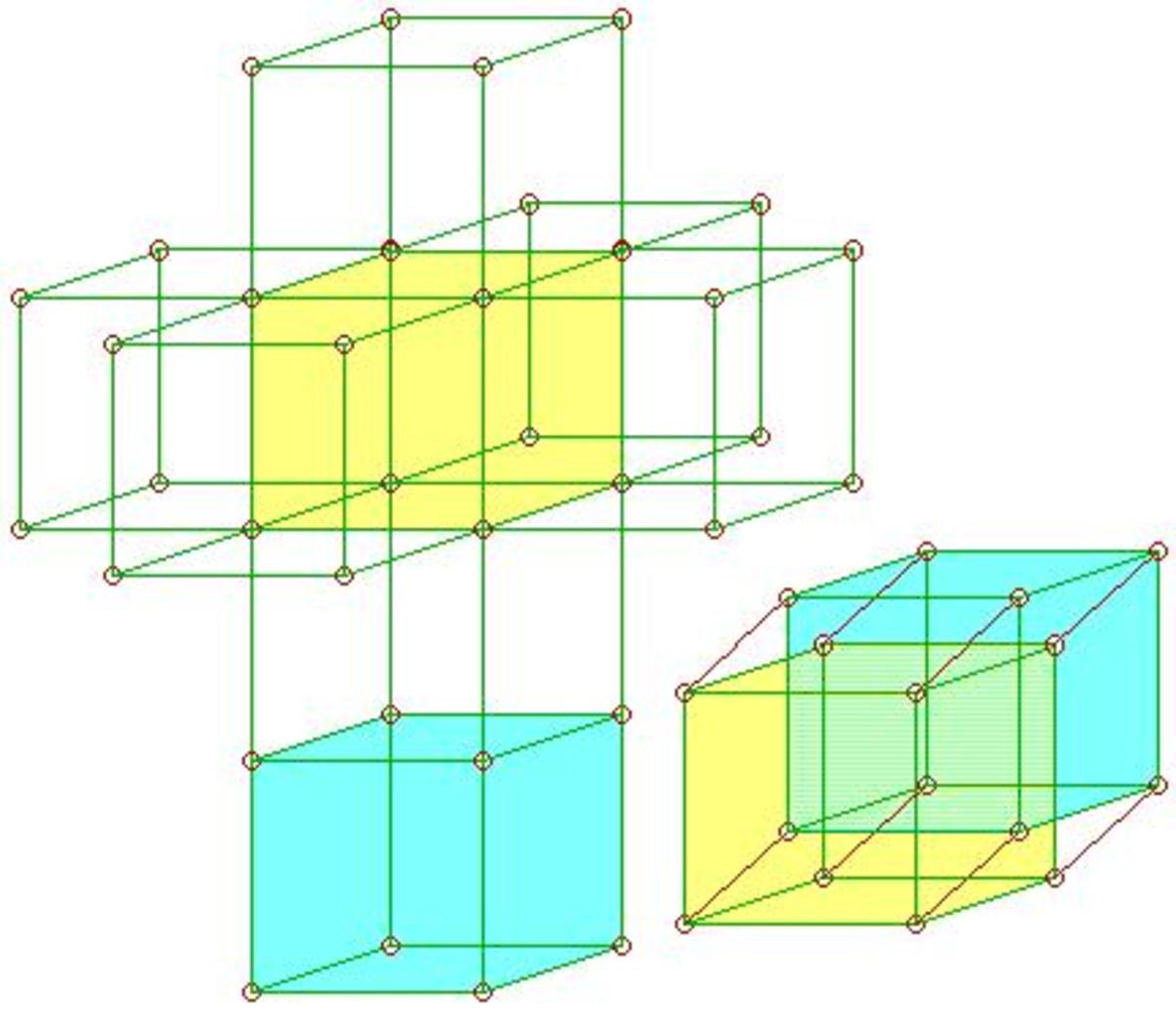How Space Travel Has Contributed To Modern Medicine Like The Astronauts Hermetic Cabin Program.
Space Medicine and Medical Operations in Space.
As a species it's incredible to think that we know more about whats out in the wider universe then we do about our own oceans. However, space still holds many fascinating mysteries for us to discover and explore. One branch of Astronautics that does't seem to get much attention is space medication and medical space operations, this maybe because it doesn't seem to have much commercial value (yet), but if the opinion of some prominant scientists are to be beleived, one day be able to live in space and maybe even on other planets, were to reach fruition then the data acquired from these tests and trials will be invaluable.
The environment of space is completely different to any found on the earth, our seas, lands and air are also surrounded by a life supporting atmosphere, which doesn't exist in space. Astronauts survive in space because of hermetically sealed cabins, specially designed equipment that supports life, space suits and advanced methods of technology.
The human body encounters many pressures in space that it is not accustomed too when on it's home planet, unfamiliar stresses like the reduction of mobility, sensory deprivation, frequent or violent vibrations, cosmic radiation, silence, confinement, acceleration and the feeling of weightlessness caused by zero gravity. All of these variants require supplementary aids, effective waste management techniques, a constant reliable air supply and adequate nutrition available.
EVA (extravehicular activity) are the excursions that happen outside of the spacecraft, these bring further issues for the astronauts as they no longer have the protection of the artificially assembled craft to rely on and safety is of extreme importance, secure fastening is essential so that there is no danger of floating into space and an inevitable death.
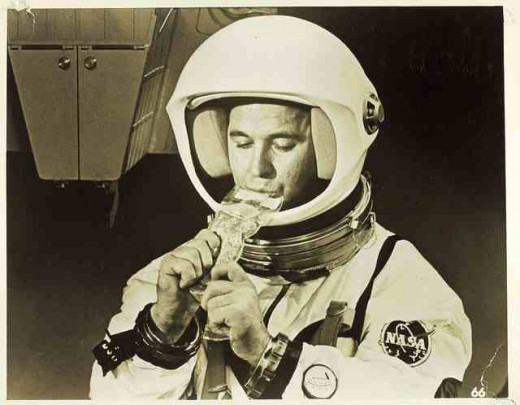
Mercury project.
The United States began their experience of medical operations in space with project mercury. Alan Shepard was the first astronaut from the United States to fly in space on 5th May 1961 via project mercury. The first of these flights were made possible by modified Redstone boosters and reached an altitude of 186 km/116 miles high landing 478 km/297 miles downrange, a second suborbital flight was taken by Virgil Grissom.
The first American to orbit our planet was John Glenn, on 20th February 1962 this was made using Atlas D boosters, he completed 3 revelutions in just 4 hours, 55 minutes and 23 seconds.
There were also three other orbital flights the last of the mercury missions was flown by Gordon Cooper on 15th-16th May 1963, this was also the longest.
Each of these flights were manned singularly, multiple stresses were put on the astronauts during there time in space, these included varying the temperature of suit and cabin, sustained g acceleration, restraint, confinement, full pressure suit, exposure to atmospheric pressure, deceleration force, dehydration, alertness and sleep needs. Also 100 percent oxygen at 5lb per square inch absolute (psia) atmospheric pressure, diminished food intake, launch, reentry and changing illumination.
Gemini project.
The Gemini project was different in many ways to the mercury project missions, one of these changes was that the Gemini missions were two manned and not one manned. There were 12 of these flights in all, running from 1964 to 1966. These were made in Titan II rockets and helped add to the preparations that the previous mercury missions had achieved, but were still needed for the future Apollo lunar landings.
Many discoveries were made during this time, one of the most significant of these was the realization that space travel was not as dangerous as it was initially believed to be. Better understanding of the capabilities of the cardiovascular system were also recorded.
Increased education in hematology, immunology, microbiology and biochemistry also came about as the consequence of the aforementioned missions. It was also interesting to observe that none of the participants of any of the mercury, Gemini or Apollo flight projects experienced any diseases or detrimental health conditions as a consequence of their journeys.
The clinical data showed no abnormal or unusual psychological reactions, no great impact to vestibular functions and the crews found that nothing that they had experienced from the space environment could not be accommodated for in some way. Medical trials in the Skylab laboratory even managed to asses impact on single cells from as early as the 1970's. The effects of Carcadian rhythms and zero gravity were also part of the medical experiments, along with the use of new technology which was later made available for use in everyday medical care.
During a preflight examination, participants would walk on a treadmill to gauge their physical abilities and were often recorded by an electoencephalograph.
Space travel and it's contribution to modern medicine.
The mercury, Gemini and Apollo space missions have all contributed in parts to many different sectors of modern medicine and how areas of health care are managed.
The use of miniaturized instrumentation and micro technology are common practice in performing surgical operations today. Through their pioneering sleep deprivation experiments we now have vastly greater knowledge on many aspects of sleep and how it can affect the functioning of our bodies physically, mentally and emotionally.
The bed rest tests associated with weightlessness and zero gravity brought an improved understanding of the detrimental effects that can occur during lengthy periods of inactivity, it also demonstrated how we can advance techniques for better care of patients that spend a lot of time hospitalized.
Inhalation therapy, breathing techniques and respiratory equipment were also developed from space travel and are still practiced and used today. Dehydrated and ready to eat meals were created specifically for the flights, this opened avenues for all kinds of other possibilities in not only the manipulation, creation and how medicines can be taken in different forms, but it also made an impact on the commercial food sector.
The success of the space programs allowed us to gather all manor of usable and workable records and data about sleep deprivation, depravity or food as well as our coping mechanisms for dealing with confinement. A number of important psychiatric discoveries and observations were made in this time too.
These historic space missions have allowed us to question our perceived limitations, and opened our eyes to the further, deeper potential that lies within mankind.
- list of unusual facts about animals.
The animal kingdom is a truly fascinating group of living entities that inhabit this planet we call earth. The diversity of the species and the environments of which they inhabit all over the world, bring with them a plethora of what can be viewed... - How failure can, lead to success!
It's a life long marathon and because of all the many different ways in which we interpret success, there is no one formula or short cut in which to achieve it. More often then not we don't think of success as one particular thing or another and... - Facts about the world cup.
As we prepare for another world cup and another bout of football fever hitting not only the nation but the world, it's always handy to do a bit of swatting up and adding to your world cup knowledge. The...


